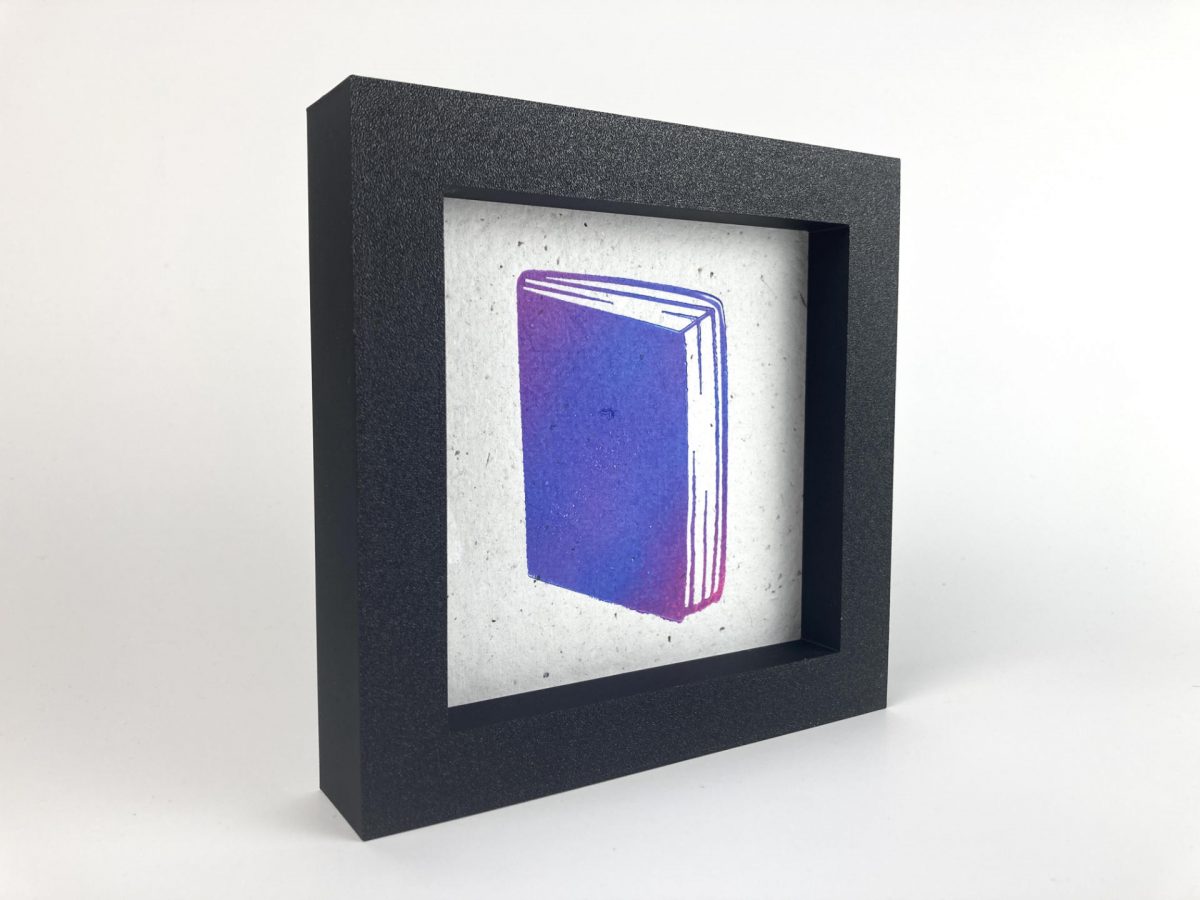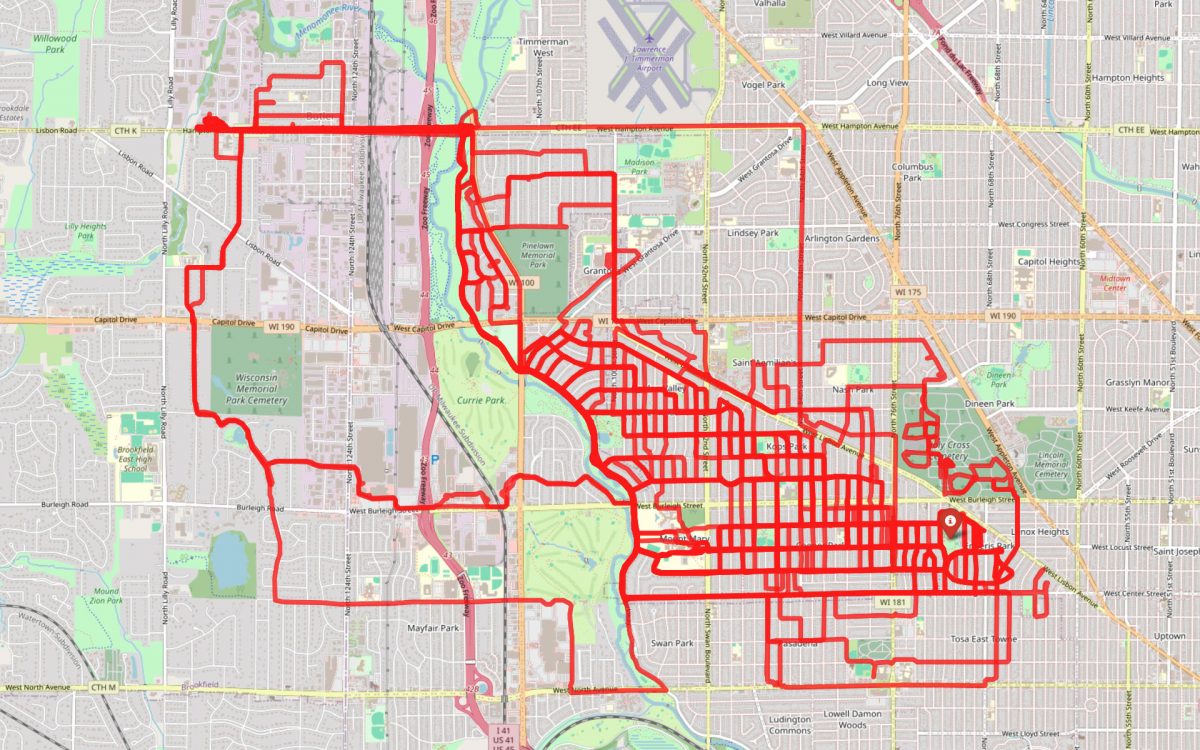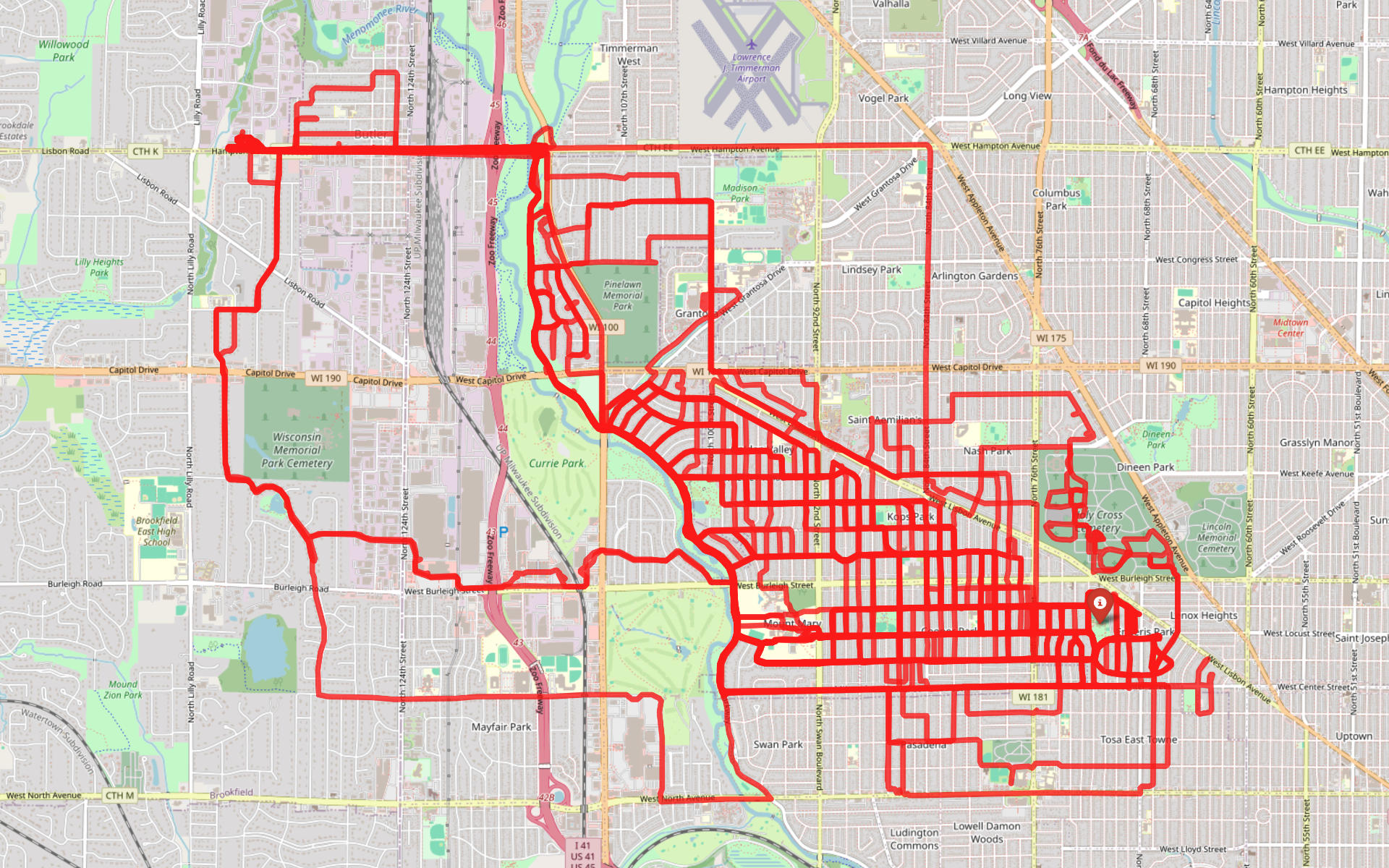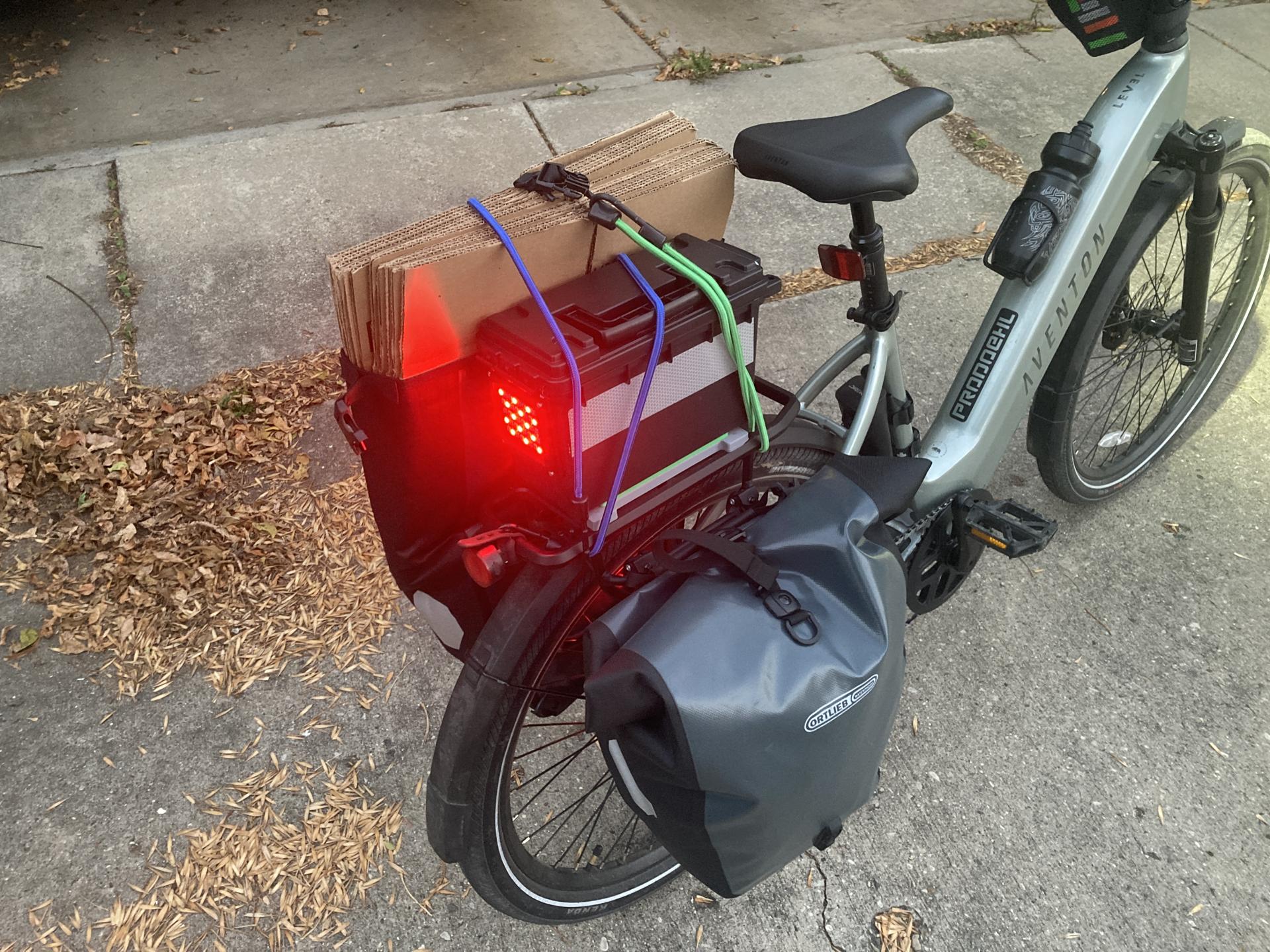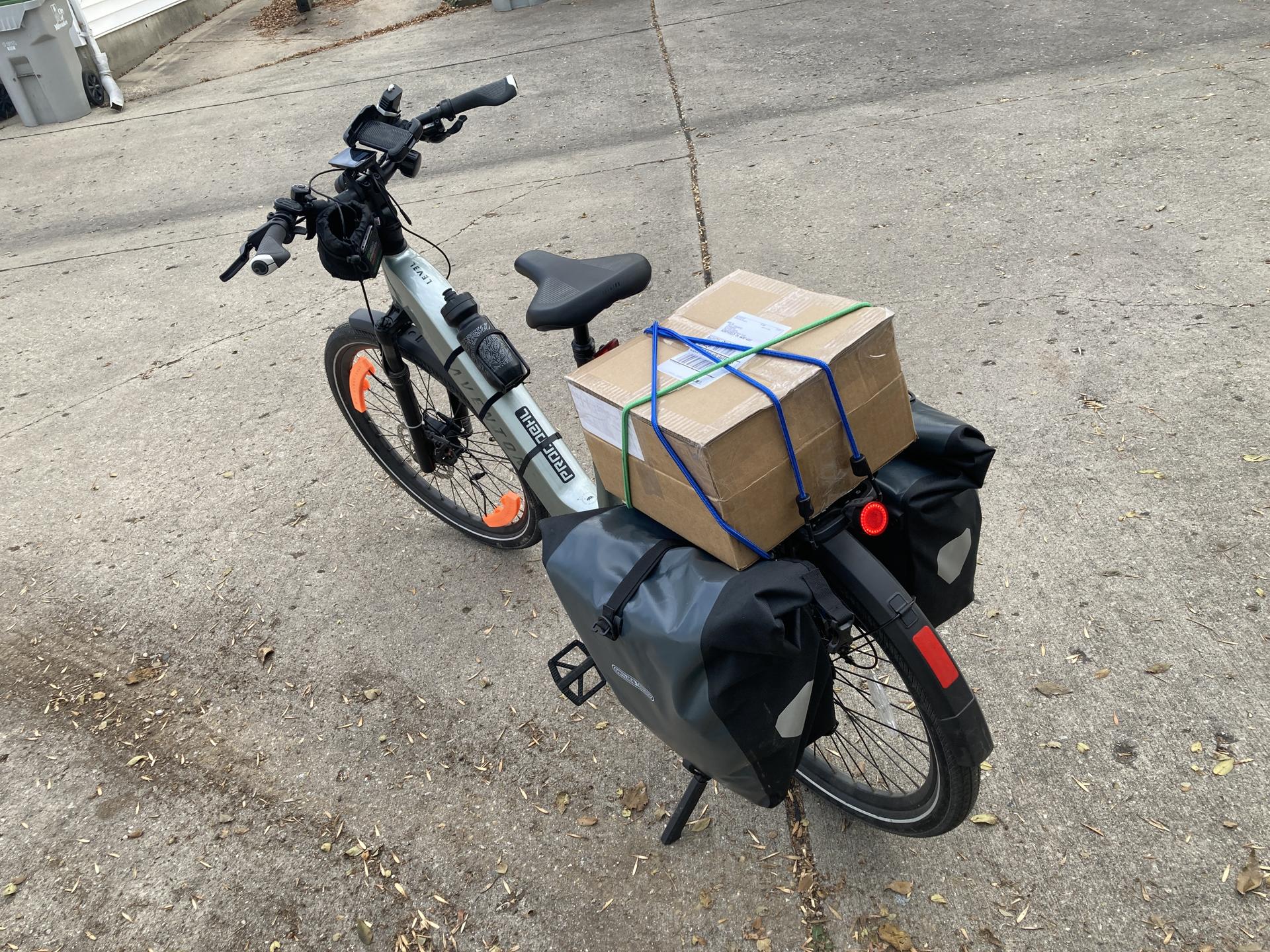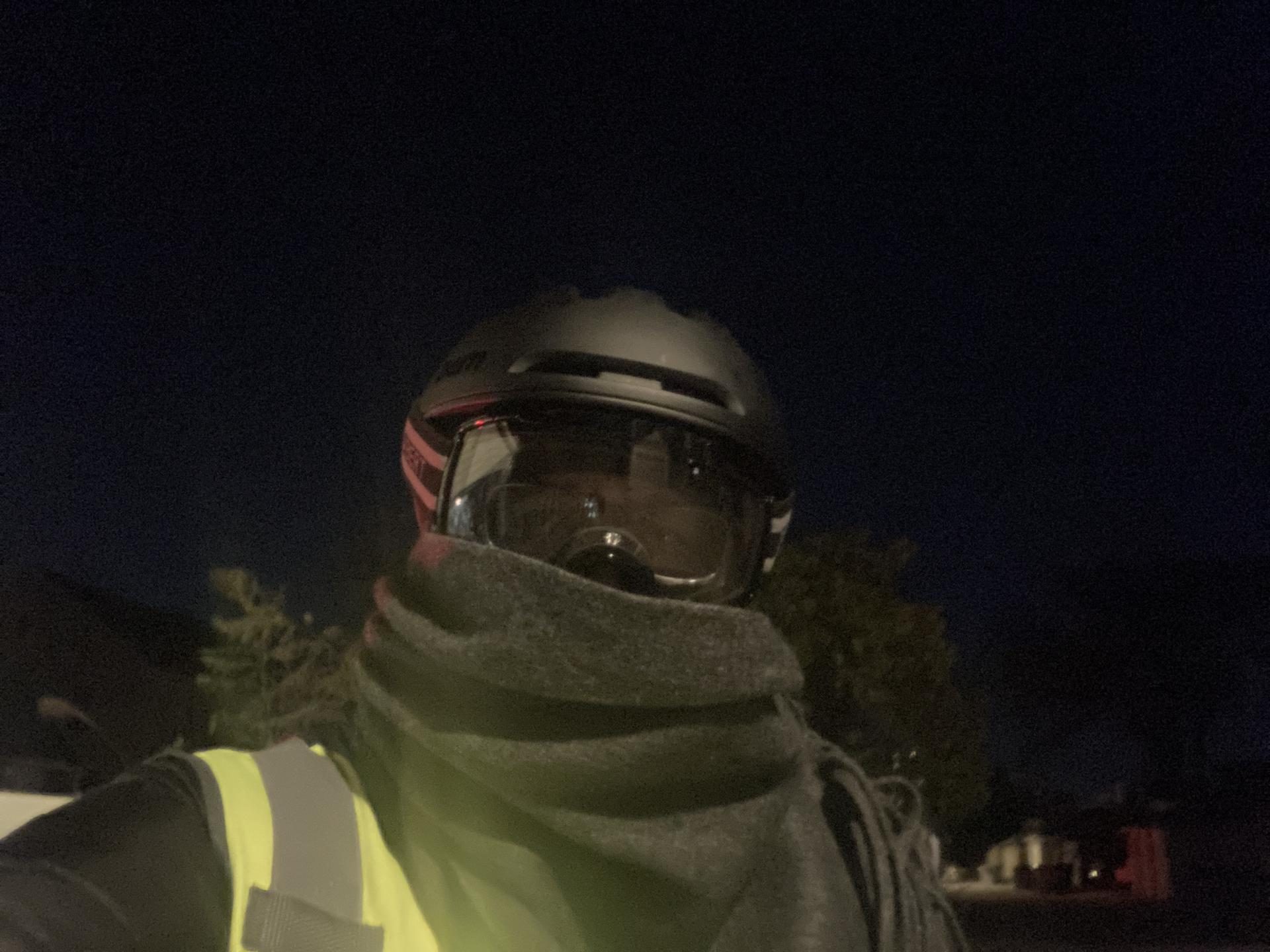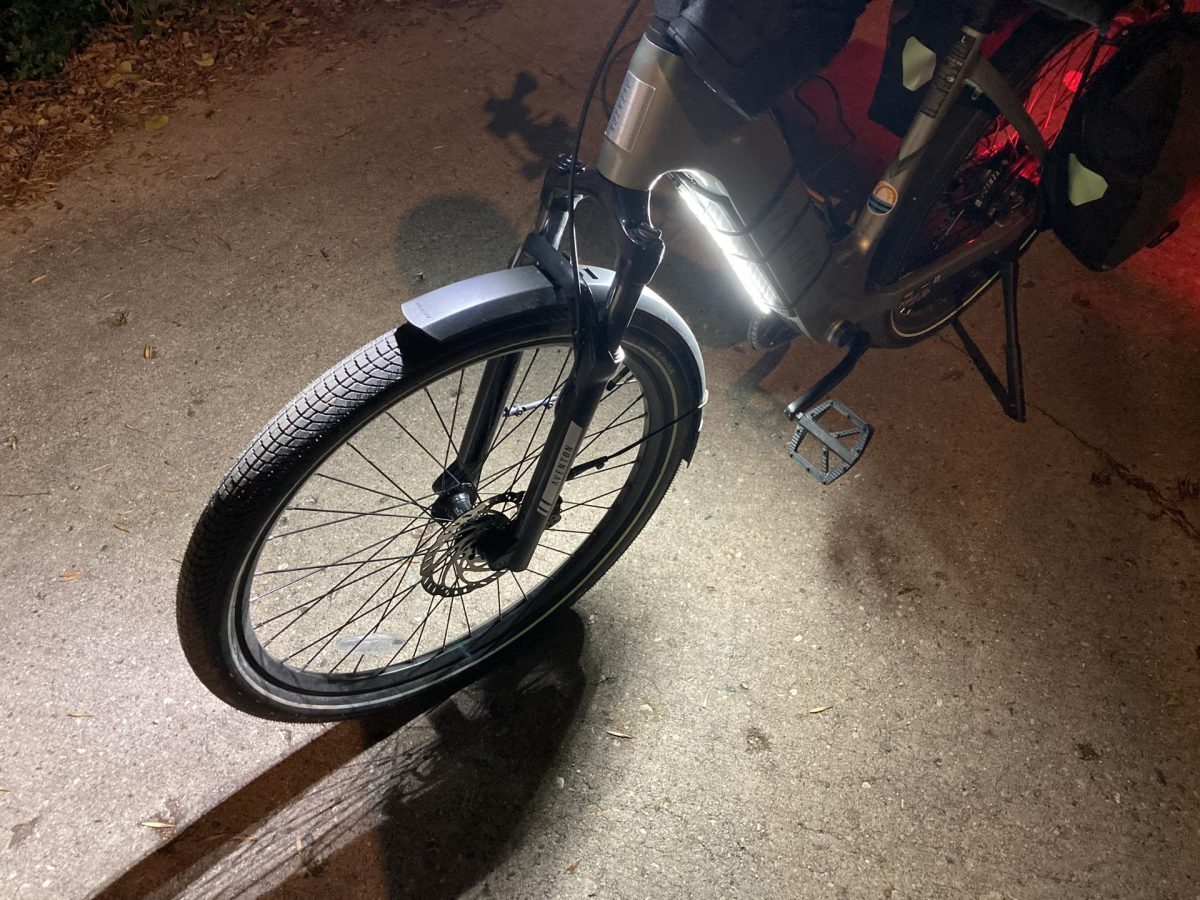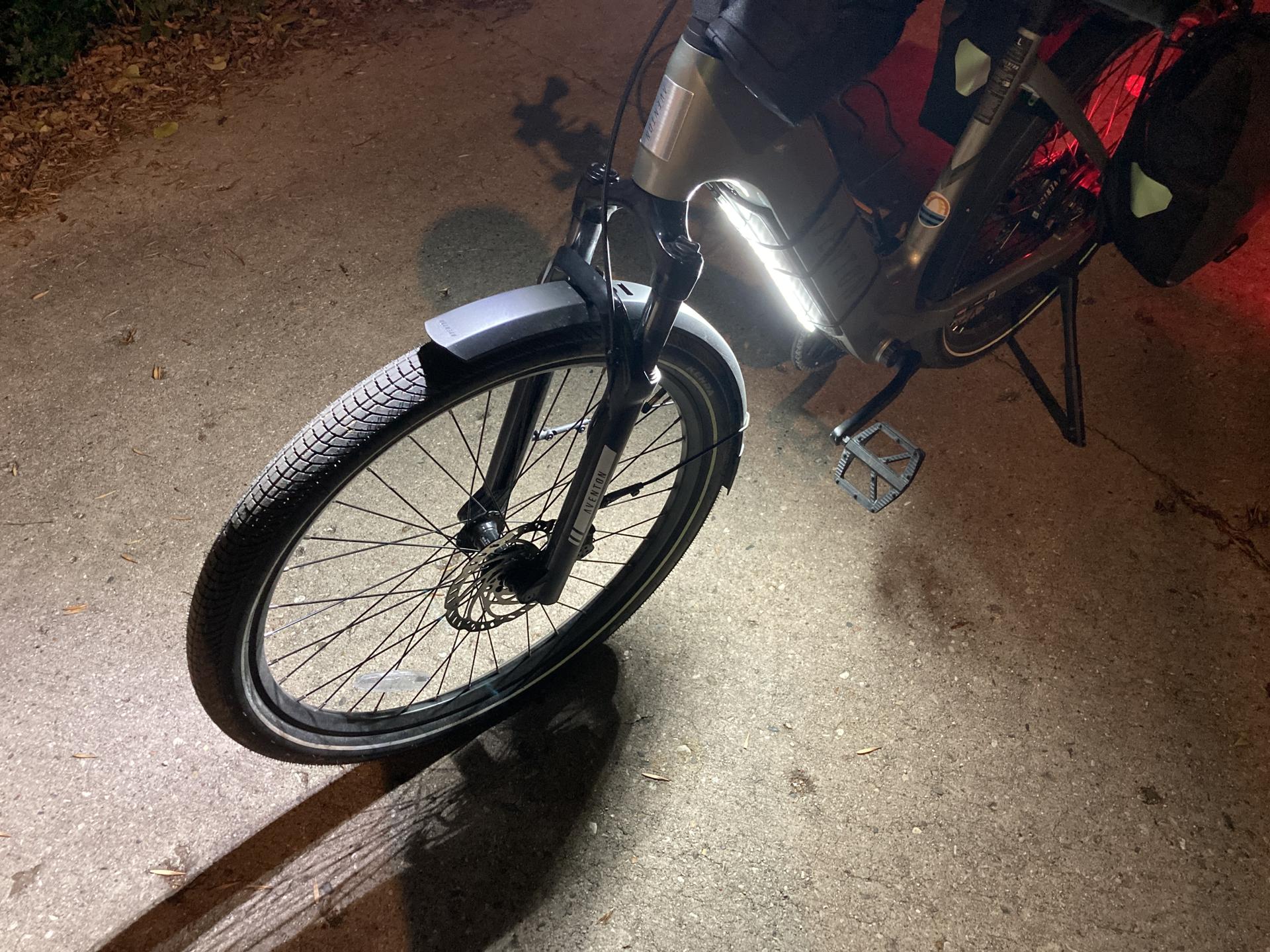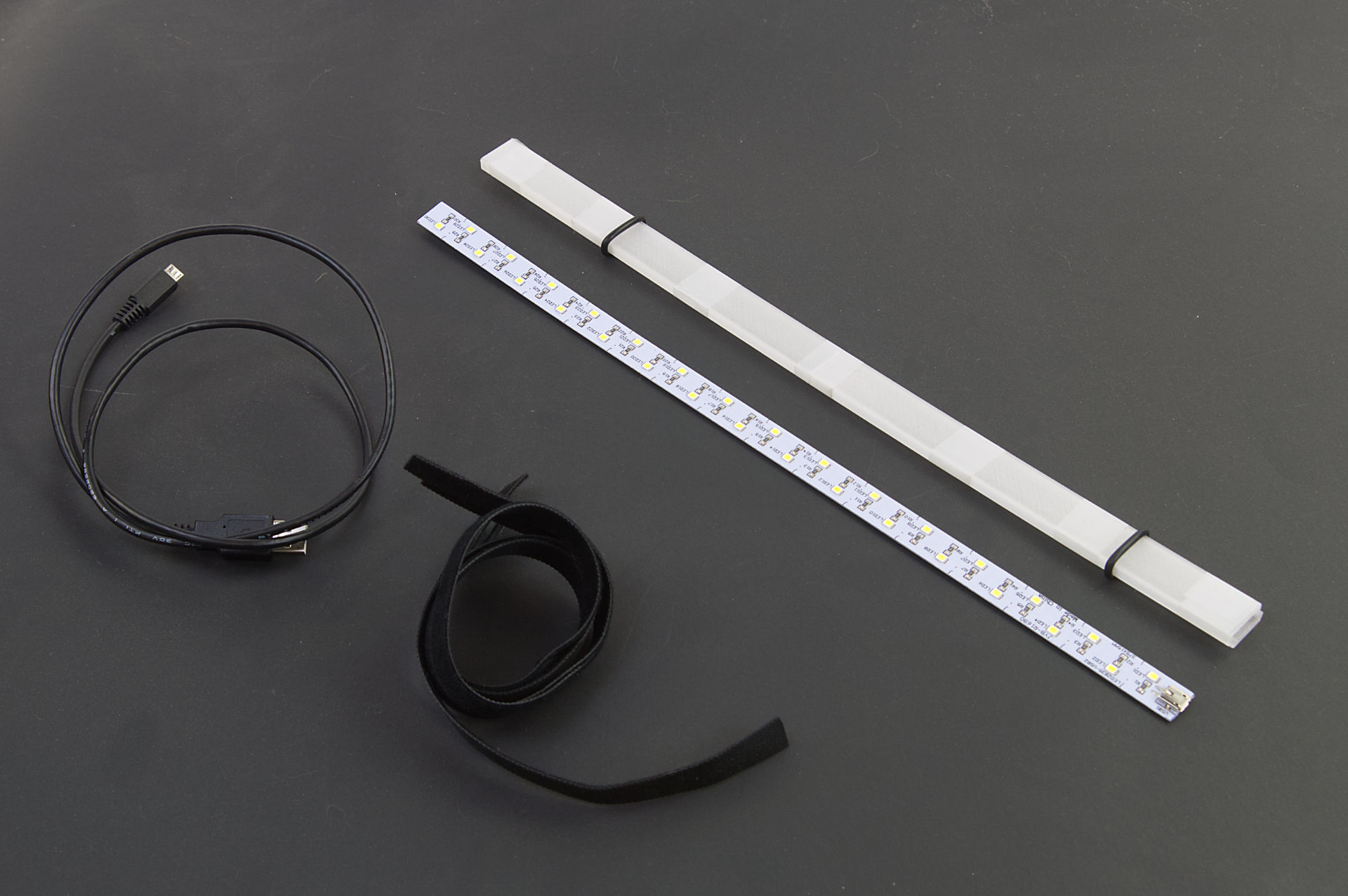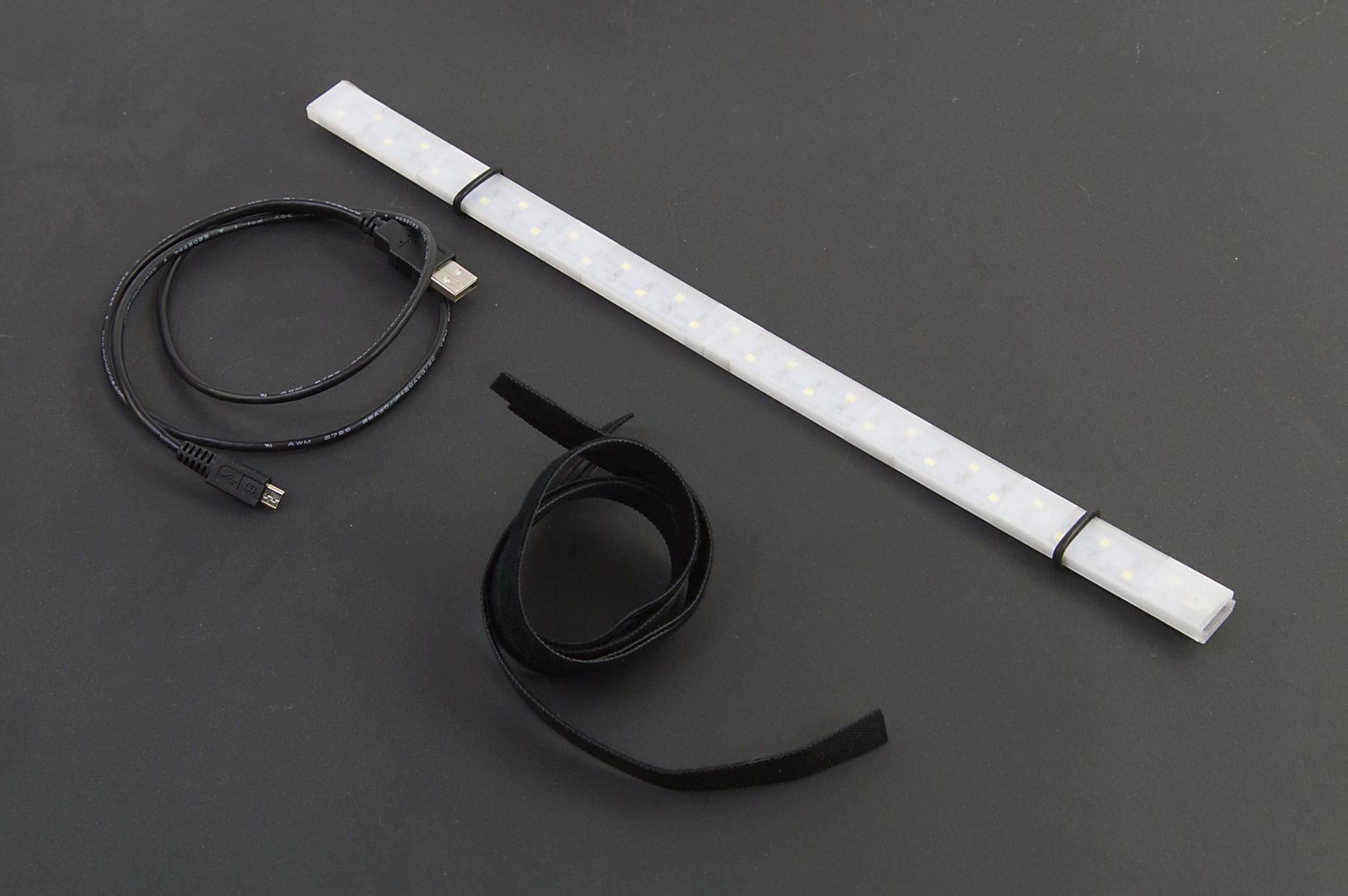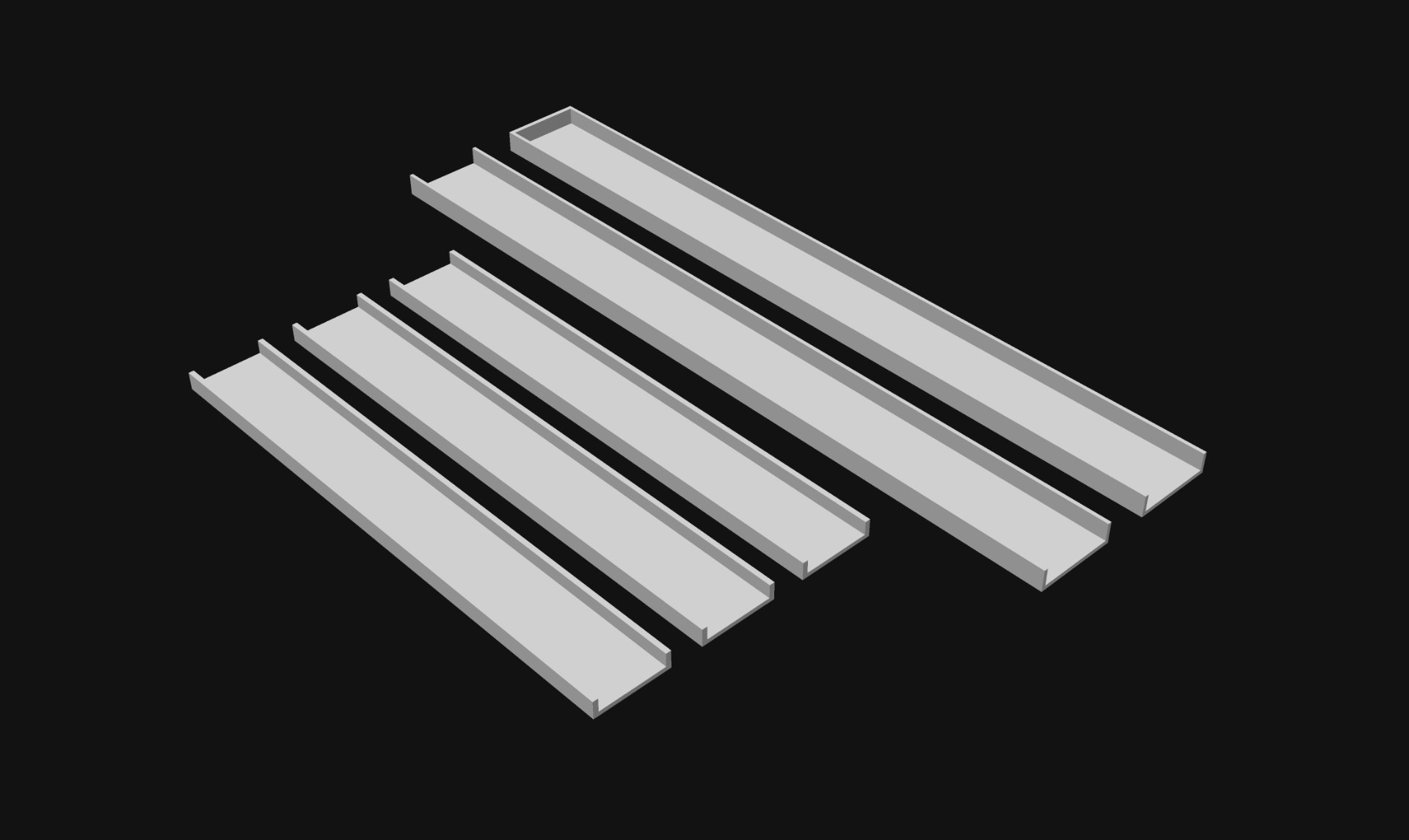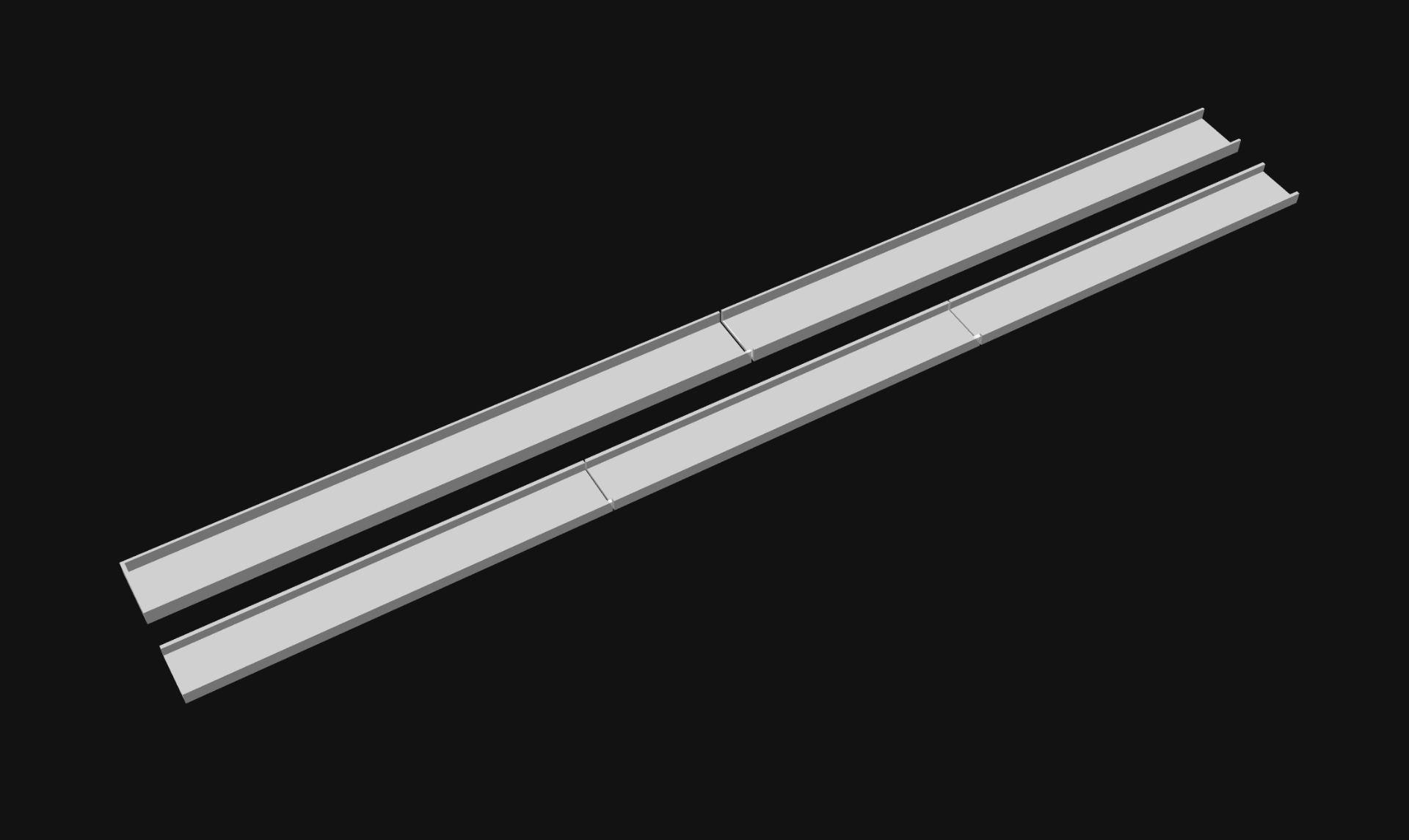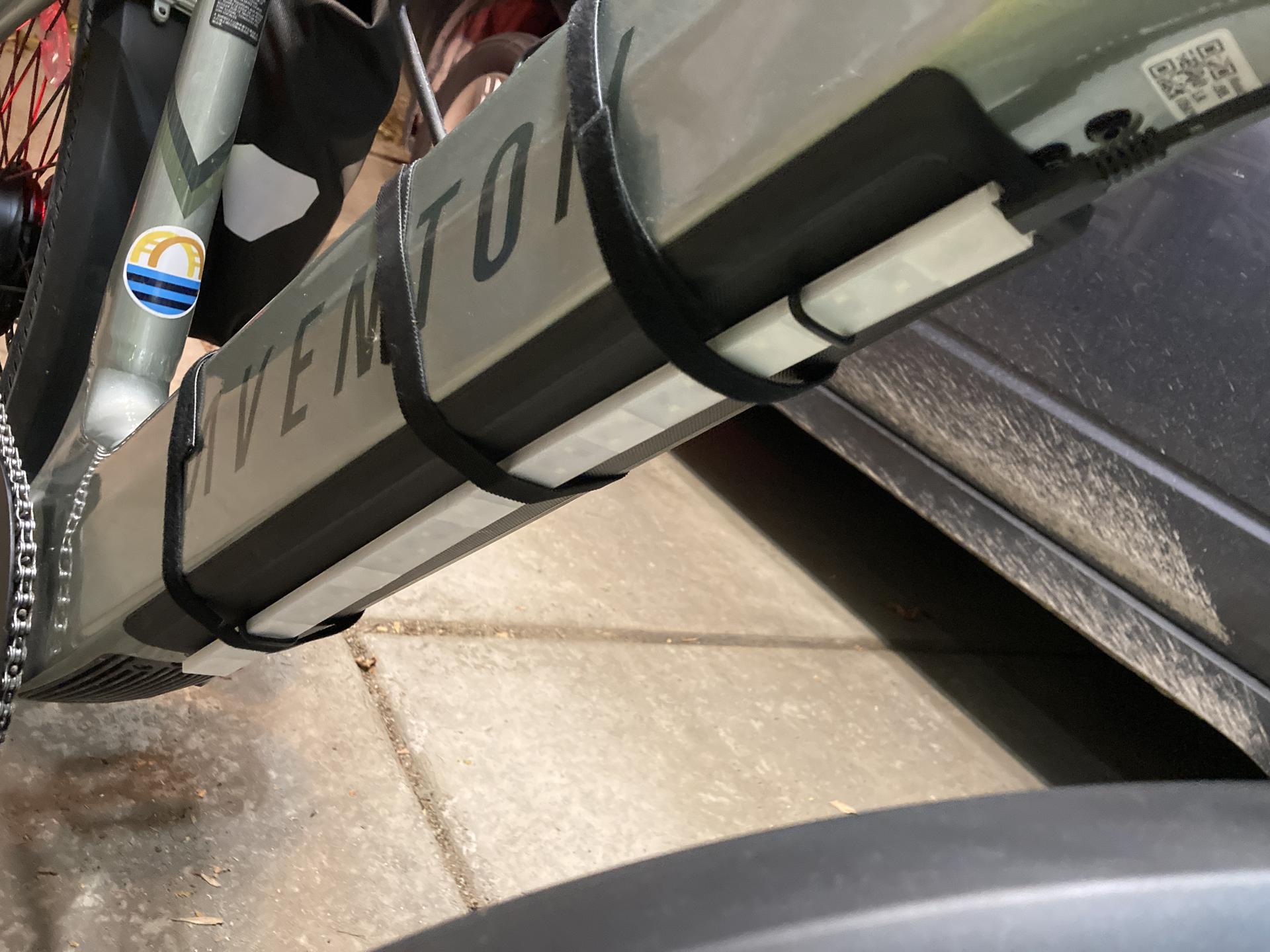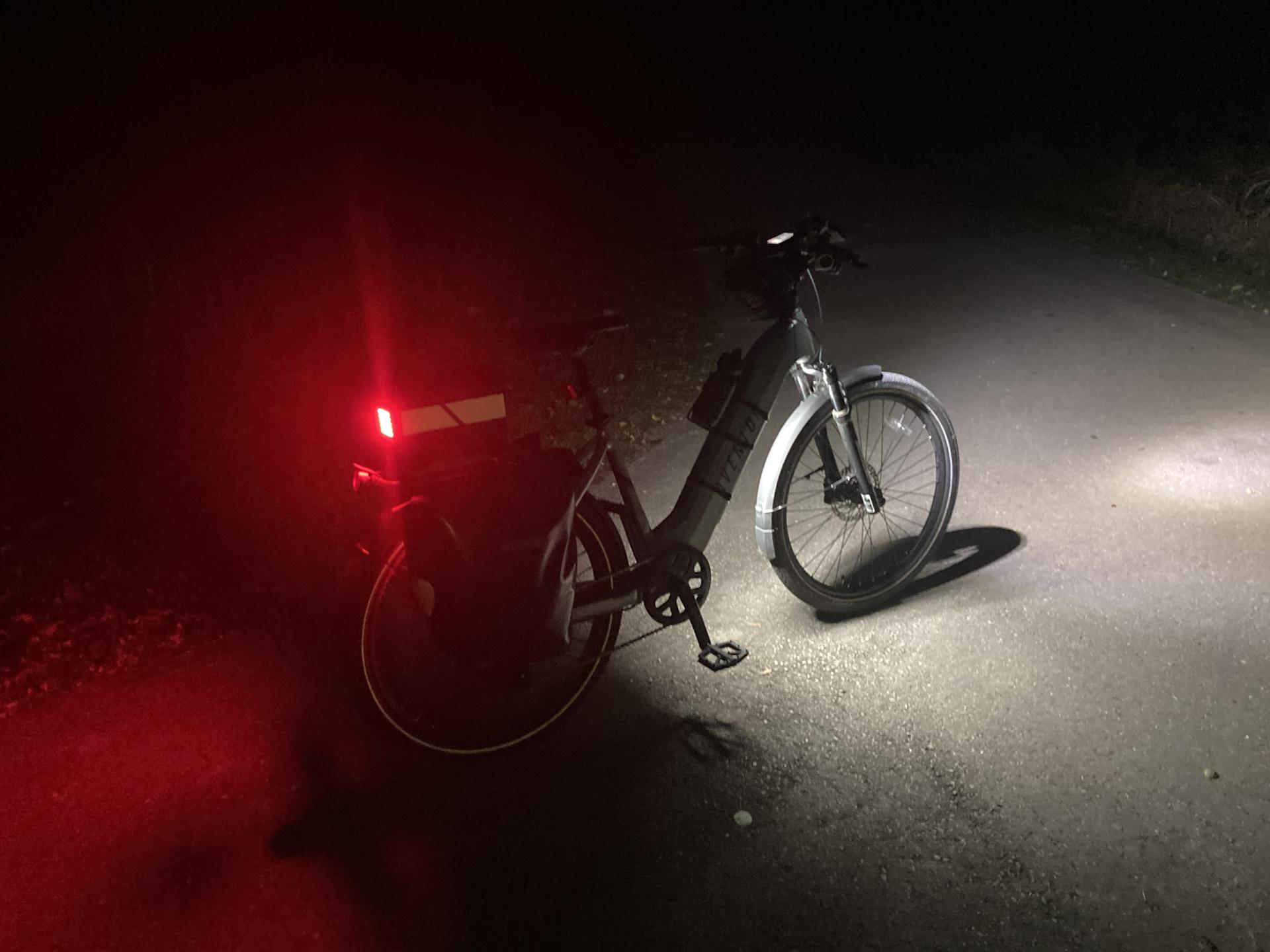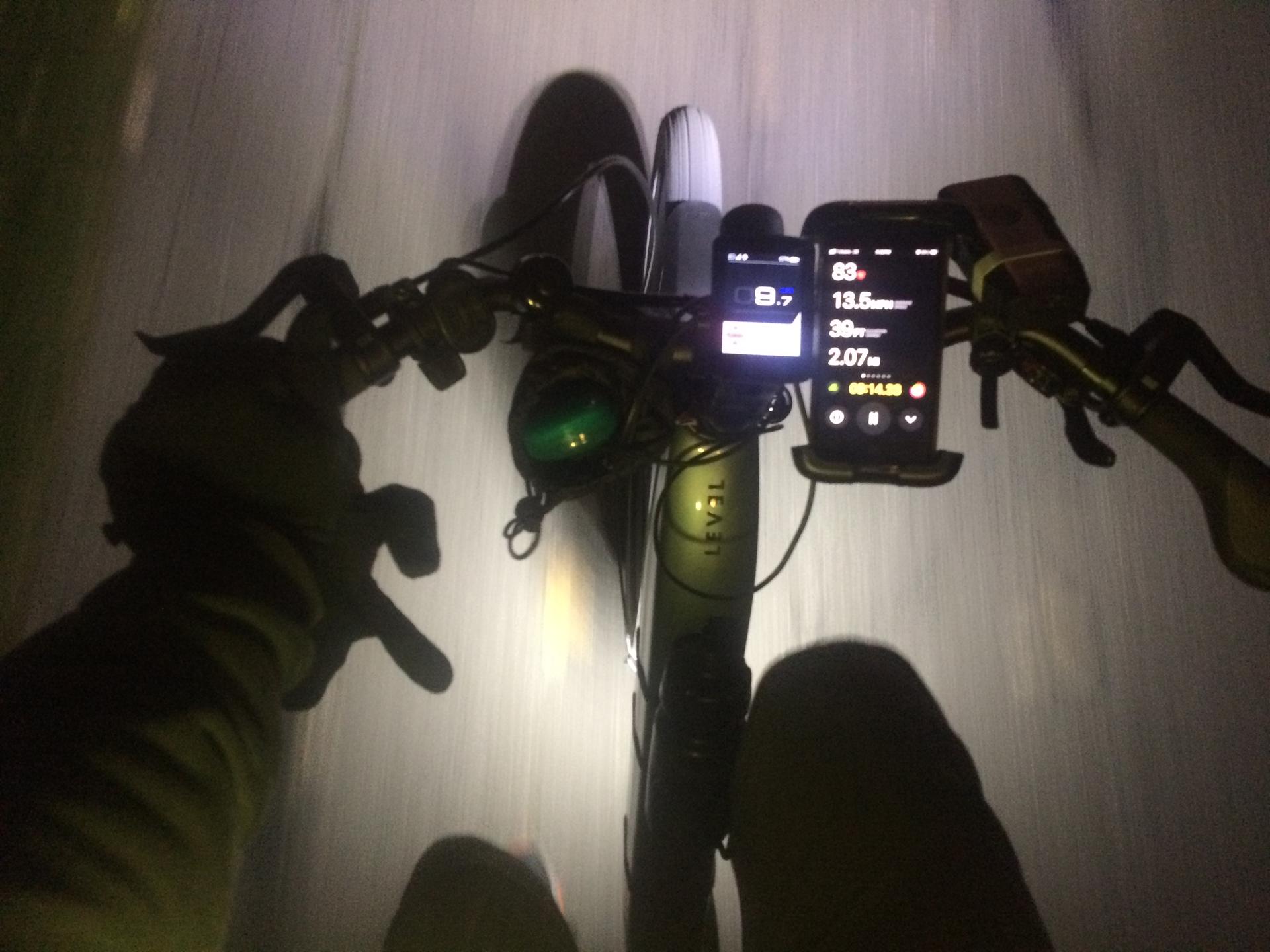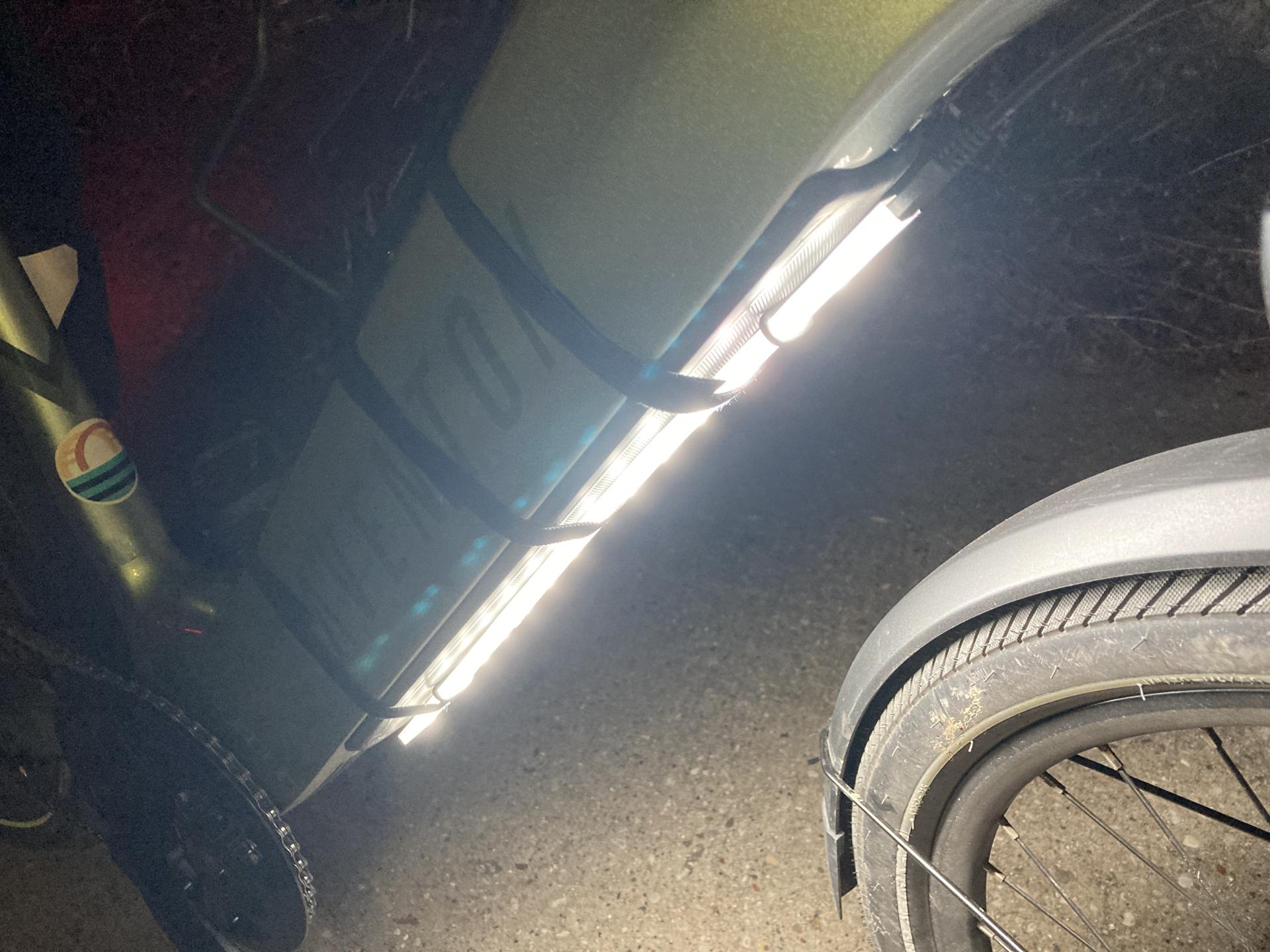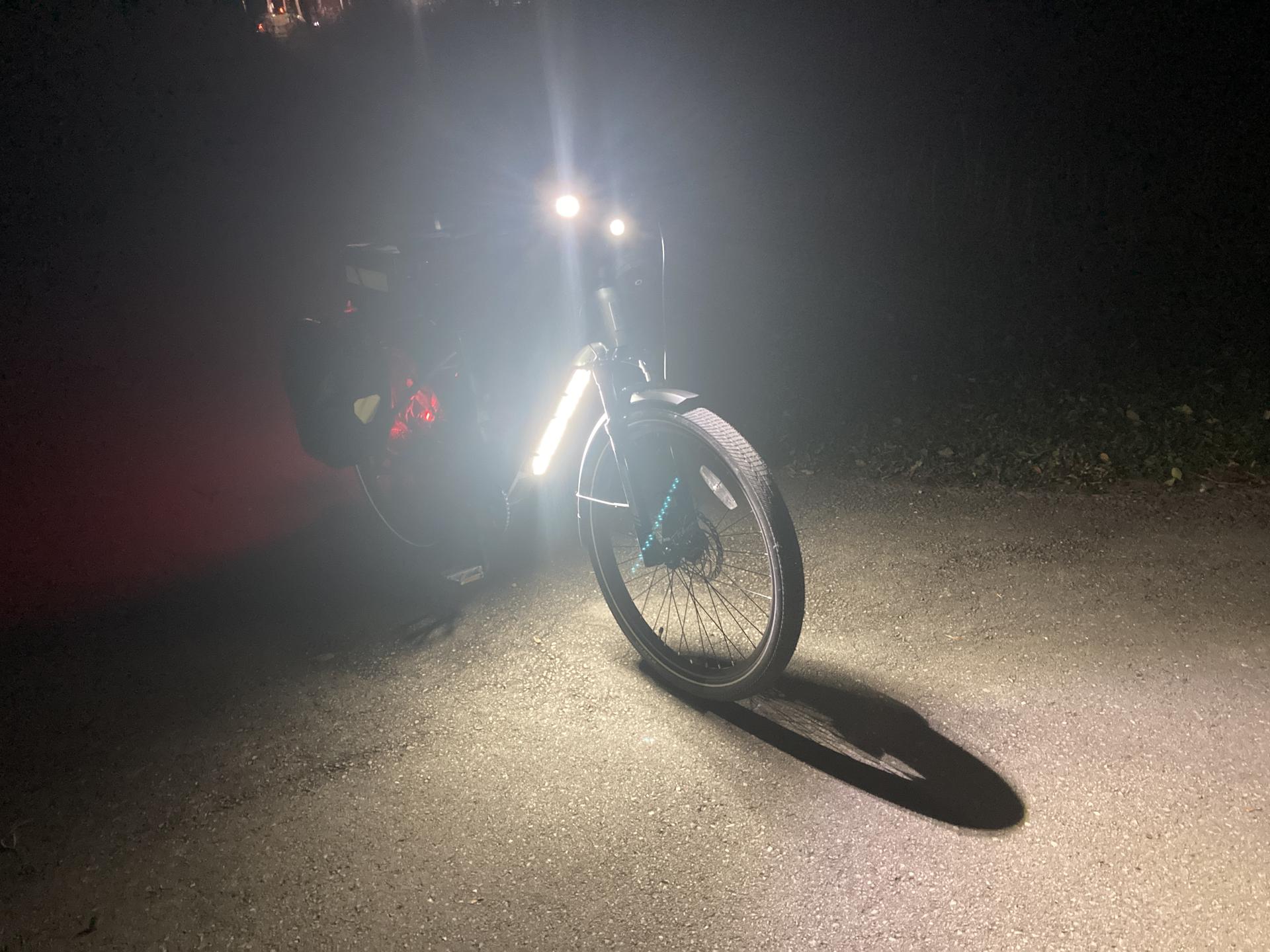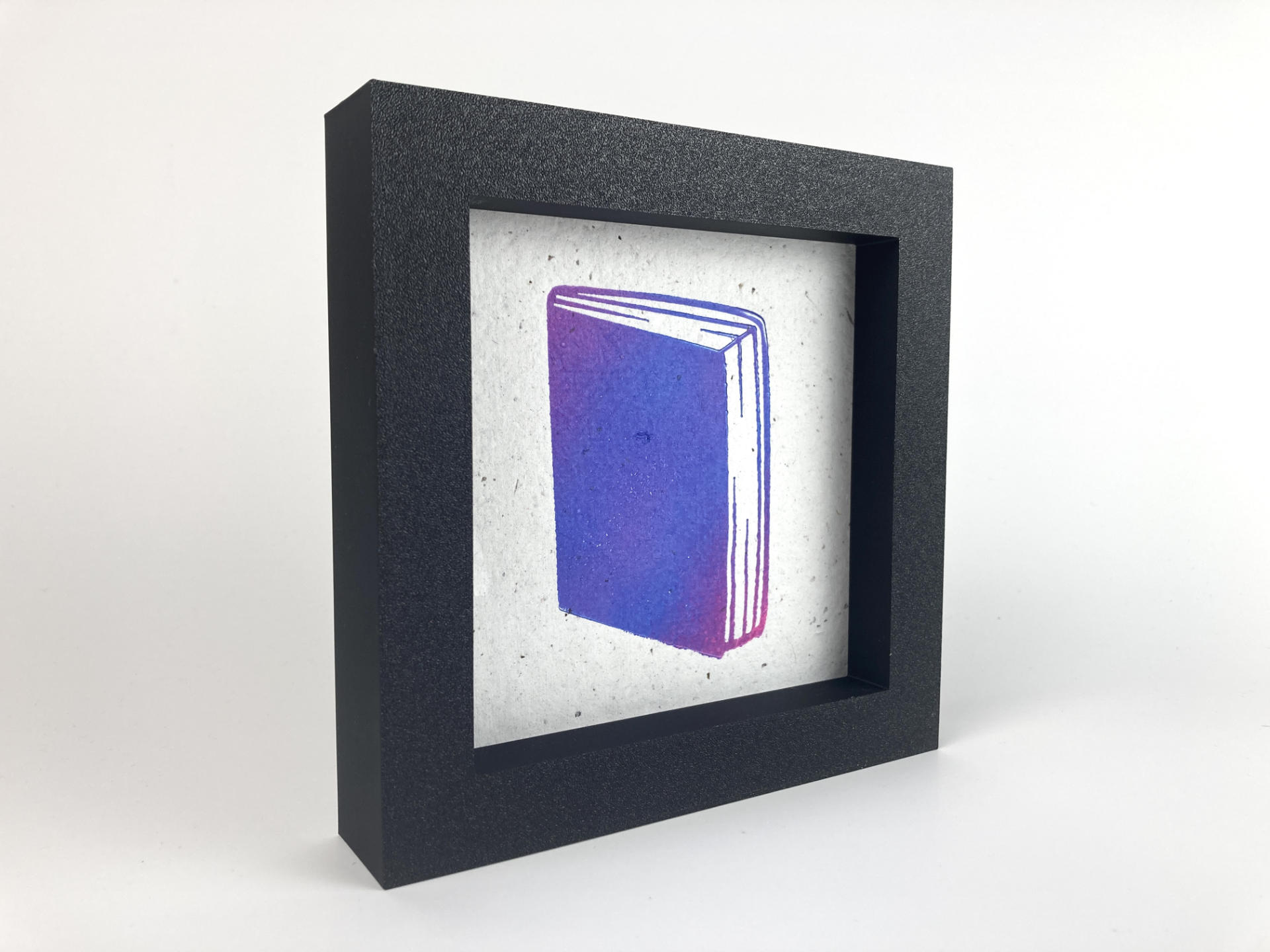
There’s a very good chance I’m going to die. Hopefully not soon, but you never know. At the end of every calendar year my body breaks down, it gives up. Usually I end up doing physical therapy, some doctor visits, and either end up in the emergency room or urgent care, and each time I learn about a new way my body is failing me.
The recent death of Rob Reiner is just another reminder that when you die, people look to your work and the kind of person you were, and hopefully they think fondly of you and what you brought into the world. So many have spoken so kindly about Reiner. My introduction to his work was Spinal Tap. I’m pretty sure it was my friend Milt who showed up with a VHS copy of it and said “Dude, we gotta watch this!” and it was glorious. We even went to see Spinal Tap when they came to play in Milwaukee.
But, back to me and my failing body… When my cat Tink passed away in 2021, it hit me hard. She played a huge role in getting me through 2020 when I faced a pandemic, job loss, job change, another job change, and going through therapy. That cat remained a constant loving companion to me, and writing and reading about her comforted me greatly. You can see what I wrote in The Tinkerbell Pamphlet. I’ve advised others to write about their pets after they’ve passed away, and I hope it helped.
Besides the cats, I have a loving partner, and other family members I will leave behind. There’s a chance some of them do not know me as much as they would like to (or have liked to) because in many ways I am a closed person. Sure, I’ve been publishing since the 1980s but like any good publisher I don’t share everything. I also do a lot of weird things my family and (many) friends don’t really understand. (And that’s okay!)
While “blogging” at it’s start was very much about sharing your opinion about things on the (new) World Wide Web, I have an archive that starts in 1997 and goes on to today. It’s not the greatest writing, it’s not groundbreaking, but it is mine. And my hope after I’m gone is that the site gets hosted long enough for the people who knew me and cared about me get a chance to explore it. To see what I thought, what I did, what I made, the images I created, the weird music and videos I shared with the world. This web site is, for lack of a better term, “The Book of Pete”.
I don’t want this to be dark, because I want to keep living for a few more decades, but I also want to encourage others to view blogging as a legacy they can leave behind. You’ll make mistakes, you’ll get things wrong, but if you use those failings as opportunities to learn and grow, then I think that’s pretty cool.
There are people having the conversation about what happens to your digital footprint once you are gone, and how it can/should be maintained or preserved or archived, and it’s not something I’ve dug into yet, but in the grand scheme everything is ephemeral. We as people, our work, our digital output… it all fades away in time.
And I guess I’m looking for a way to make it last a little bit longer.

